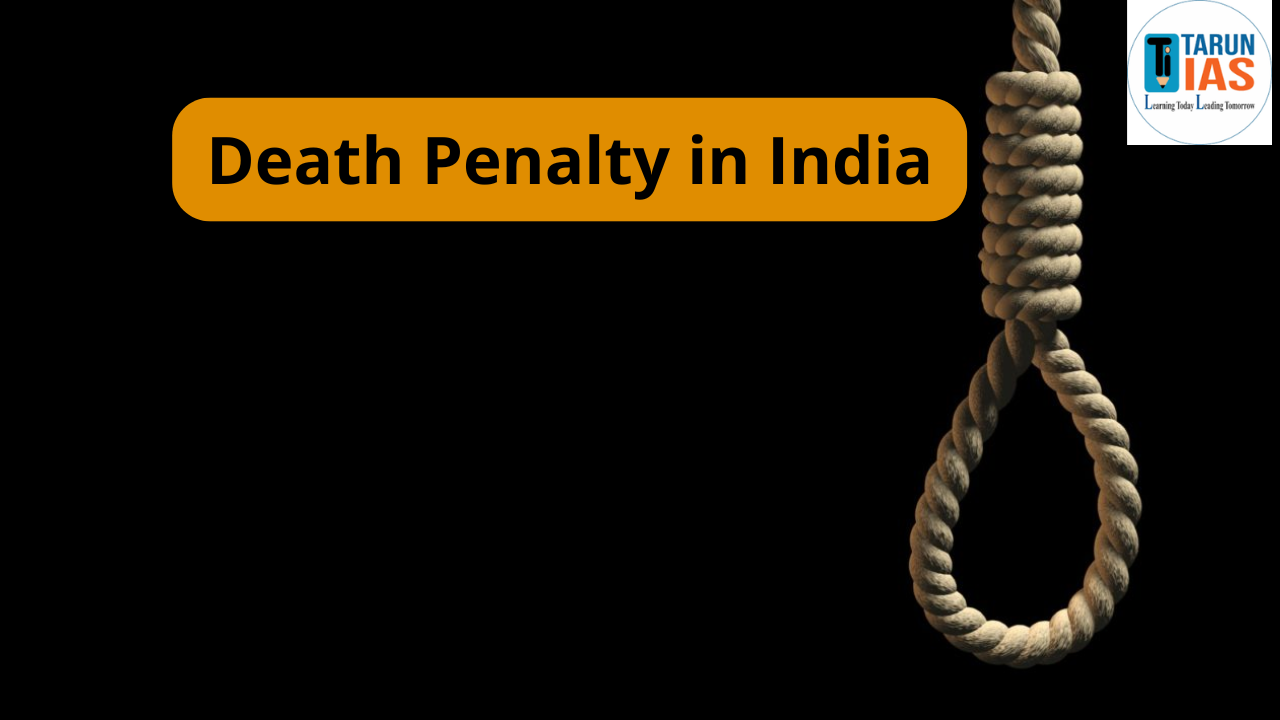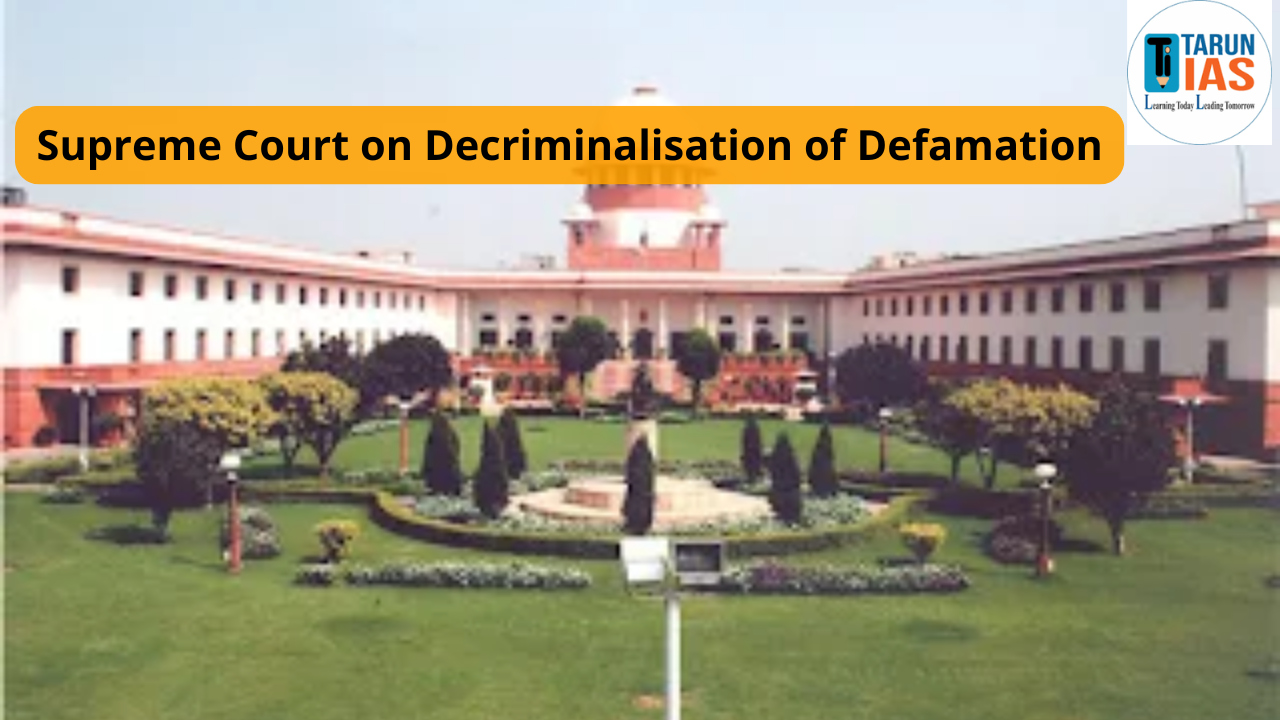Article 32 (1): The right to move the Supreme Court by appropriate proceedings for the enforcement of the rights conferred by this Part is guaranteed.
Article 32 (2): The Supreme Court shall have power to issue directions or orders or writs, including writs in the nature of habeas corpus, mandamus, prohibition, quo warranto and certiorari, whichever may be appropriate, for the enforcement of any of the rights conferred by this Part.
Article 32 (3) Without prejudice to the powers conferred on the Supreme Court by clause (1) and (2), Parliament may by law empower any other court to exercise within the local limits of its jurisdiction all or any of the powers exercisable by the Supreme Court under clause (2).
Any other court here does not include high courts because Article 226 has already conferred these powers on the high courts.
Article 32 (4) The right guaranteed by this article shall not be suspended except as otherwise provided for by this Constitution.
Features of Article 32
The aim of Article 32 is to offer a guaranteed, effective, prompt, low-cost, and straightforward remedy for safeguarding fundamental rights. Simply stating fundamental rights in the Constitution is meaningless unless there is a reliable mechanism in place for their enforcement. Therefore, Article 32 establishes the enforcement of the provisions in Part Three as a fundamental right in itself. Dr. B.R. Ambedkar remarked, “If I had to identify any specific article in this constitution as the most crucial—an article without which this Constitution would be void—there is none I could point to other than this one (Article 32). It represents the essence of the Constitution and its very core.” This right includes the following provisions:
- Enforceable by both SC and HC: The enforceability of these rights was included as a fundamental right under Article 32, and a nearly identical clause was included as a constitutional right under Article 226. Both the Supreme Court and the High Court have the authority to issue writs in cases where Fundamental Rights are violated.
- Only for violation of Fundamental right: The violation of a fundamental right is the sine qua non for the exercise of the right conferred by Article 32. In other terms, the Supreme Court, as per Article 32, cannot address a matter that doesn’t concern Fundamental Rights.
-
- No other rights covered: Article 32 can be used only to get a remedy for fundamental rights enshrined in Article 12-35. It does not enforce any other rights such as constitutional rights outside part three, statutory rights, customary rights.
- Invoked only in case of violation of FR: Article 32 cannot be invoked simply to determine the constitutionality of an executive order or a legislation unless it directly infringes any of the fundamental rights.
- Original Jurisdiction: In matters concerning the enforcement of Fundamental Rights, the Supreme Court possesses original jurisdiction, though it is not exclusive. This jurisdiction coexists with that of the High Court under Article 226, which grants the High Court original powers to issue various directions, orders, and writs necessary for the enforcement of Fundamental Rights.
- Borrowed from Britain: These writs are adopted from English law, where they are termed ‘prerogative writs’. Historically, these writs were issued in exercising the King’s prerogative, who was regarded as the ‘fountain of justice’. Over time, the High Court began issuing these writs as extraordinary legal remedies to safeguard the rights and freedoms of the British populace.
- Basic structure of the constitution: The Supreme Court has observed that this article forms a part of the basic structure of the Indian constitution. In S.P. Sampath Kumar vs union Of India, 1985 the Supreme Court observed that its powers under Article 32 formed part of the basic structure. Similarly, in L. Chandra Kumar vs Union of India, 1997 judgement, a bench of seven judges had unequivocally declared that Article 32 was an integral and essential feature of the Constitution and constituted its basic structure. This indicates that the right to constitutional remedies cannot be limited or revoked, even through amendments to the Indian Constitution.
Writs in Indian Constitution: Types, Scope and Judicial Authority
According to Article 32(2) of the Indian Constitution: “The Supreme Court shall have the authority to issue directions, orders, or writs, including those resembling habeas corpus, mandamus, prohibition, quo warranto, and certiorari, as may be necessary for the enforcement of any of the rights granted by this Part.”
Both the Supreme Court (under Article 32) and the High Court (under Article 226) have been granted the power to issue writs. The Constitution also states that Parliament can authorize any other court to issue such writs. However, no legislation has been passed by Parliament to do so, meaning only the Supreme Court and High Court currently have the authority to issue writs. Comparing writ power of Supreme Court and High Court
| Parameters | Supreme Court | High Court |
| Enforcement | The Supreme Court can only issue writs to ensure the protection of fundamental rights. Therefore, its writ jurisdiction is more limited compared to that of the high court. | A High Court can issue writs not only to protect Fundamental Rights but also for any other reasons. The phrase ‘for any other purpose’ pertains to the enforcement of regular legal rights. |
| Territorial Jurisdiction | The Supreme Court possesses extensive territorial jurisdiction, allowing it to issue writs against any individual or government across the entire territory of India. | Conversely, a high court has a more restricted territorial jurisdiction and can issue writs only against individuals living within its jurisdiction or against a government or authority located within it, unless the cause of action arises within its jurisdiction. |
| Obligation | Seeking a remedy under Article 32 is a Fundamental Right in itself, so the Supreme Court cannot deny its writ jurisdiction. | On the other hand, a remedy under Article 226 is at the discretion of the high court, meaning it may choose not to exercise its writ jurisdiction. |
Types of Writs
Habeas Corpus
- Meaning: It essentially signifies ‘to physically possess the body of’ i.e. to present an arrested or detained person before the court.
- Applicability: The writ of habeas corpus can be issued against both public authorities as well as private individuals.
- Purpose: The aim is to investigate the lawfulness of confinement. It is an order issued by the court to a person or authority who has detained another person, to produce the latter before it. The court subsequently reviews the basis and legality of the detention. If the detention is determined to be unlawful, it will release the detained individual. This writ serves as a safeguard of personal freedom against unjust confinement.
- Cases where it doesn’t apply: The writ, on the other hand, is not issued in the following cases:
- Where the detention is lawful,
- The proceeding is for contempt of a legislature or a court,
- Detention is issued by an authorized court, and
- Detention is outside the jurisdiction of the court.
- It should be noted that an application of the writ of Habeas Corpus may be made by a person who is under detention. And in case if that person himself cannot make the application or is unable to do so, then it can be made by another person who has an interest in the prisoner.
Mandamus
- Meaning: It literally means ‘we command’. It is used to impose a mandatory legal duty.
- Purpose: It is a command issued by the court to a public official, public body, a corporation, an inferior court, a tribunal or government asking them to perform their official duties that they have failed or refused to perform.
- Cases where it doesn’t apply: The writ of mandamus cannot be filed in the following circumstances:
- Against a private person or entity;
- To enforce internal guidelines lacking statutory authority;
- In instances where the duty is discretionary and not obligatory;
- To impose a contractual obligation;
- Against the President of India or state governors; and
- Against the Chief Justice of a High Court acting in a judicial role.
- Example: If a Municipal Corporation neglects its legal obligation to provide water to a specific area despite ongoing complaints, a resident of that area has the right to file a mandamus petition to compel the Corporation to fulfill its duty.
Prohibition
- Meaning: It literally means ‘to forbid’.
- Purpose: This writ is issued to stop a lower court from exceeding its authority. A higher court issues it to a lower court or tribunal to prevent the latter from going beyond its jurisdiction or claiming authority it does not have. Thus, as opposed to mandamus, which mandates activity, prohibition instructs inaction.
- Application: The writ of prohibition can only be issued against judicial and quasi-judicial bodies.
- Cases where it does not apply: It is not available against administrative authorities, legislative bodies, and private individuals or bodies.
- Example: If an Industrial Tribunal takes up a non-industrial dispute without having the authority to judge the dispute, an aggrieved person can approach the concerned High Court/Supreme Court with a petition for prohibition to stop the ongoing legal proceedings before the Tribunal.
Certiorari
- Meaning: It essentially means ‘to be certified’ or ‘to be informed’.
- Purpose: It is issued by a higher court to a lower court or tribunal either to transfer a case pending with the latter to itself or to quash the order of the latter in a case. The writ is granted on the basis of overstepping jurisdiction, absence of jurisdiction, or legal errors. Therefore, in contrast to prohibition, which is solely preventive, certiorari serves both preventive and corrective functions..
- Non – availability: Like prohibition, certiorari is also not available against legislative bodies and private individuals or bodies.
- Expansion in scope: Previously, the writ of certiorari could be issued only against judicial and quasi-judicial authorities and not against administrative authorities. However, in 1991, the Supreme Court determined that certiorari can also be issued against administrative bodies when they impact individuals’ rights.
- Example: For instance, if the National Green Tribunal makes a ruling on a matter unrelated to environmental issues without the necessary authority, an affected party may file a petition for certiorari in the Supreme Court to annul the Tribunal’s decision.
Quo- Warranto
- Meaning: It literally means ‘by what authority or warrant’.
- Purpose: This writ is granted by the court to assess the legality of a person’s claim to hold a public office, thereby preventing unlawful usurpation of such office. It can only be issued concerning a permanent public office established by law or the Constitution.
- Unique feature: Application under this writ can be filed by any interested person and not necessarily by the aggrieved person.
- Cases where it does not apply: It cannot be issued in cases of ministerial office or private office.
- Example: If an individual believes that the Speaker of a Legislative Assembly lacks the necessary qualifications for the position, they may seek the Court’s intervention to issue a writ of quo-warranto to investigate the legitimacy of the appointment.
- The court then examines the cause and legality of detention. It would set the detained person free, if the detention is found to be illegal. This writ is a bulwark of individual liberty against arbitrary detention
- Detention is by a competent court, and
- It literally means ‘to have the body of’
|
||||||||||














